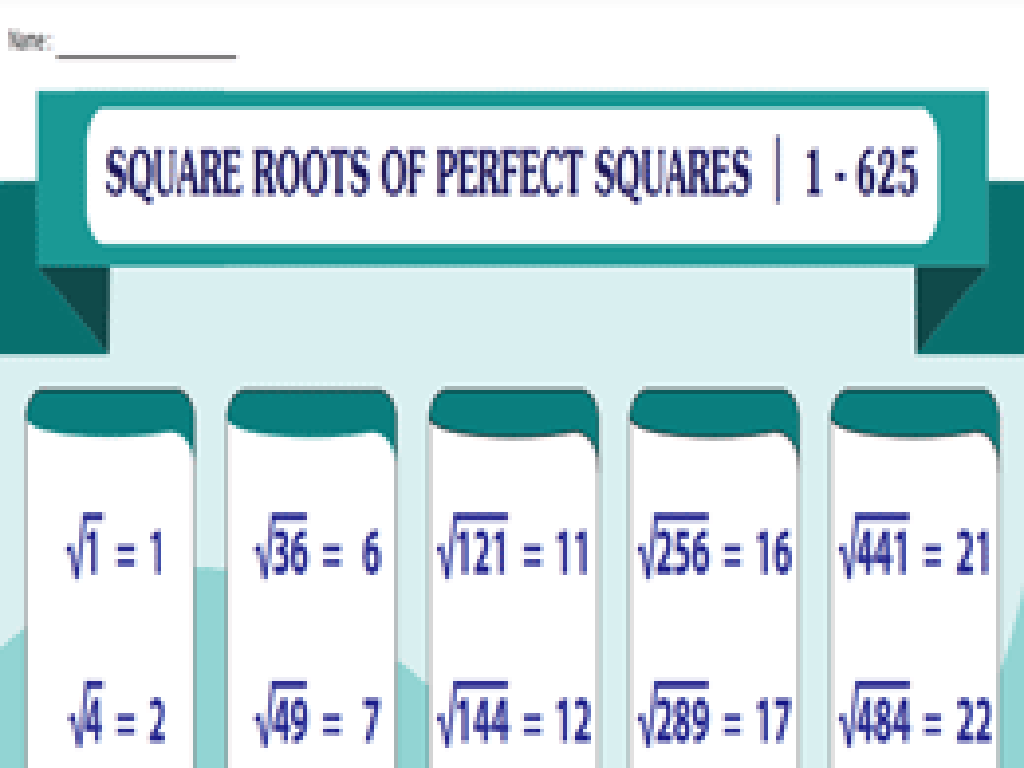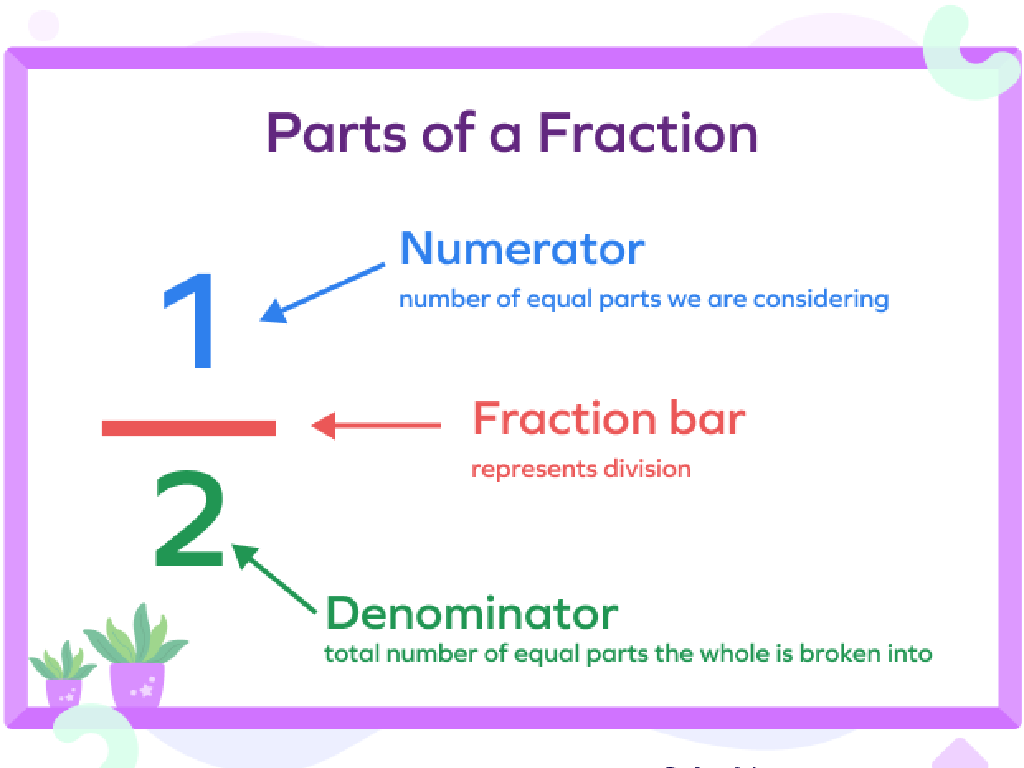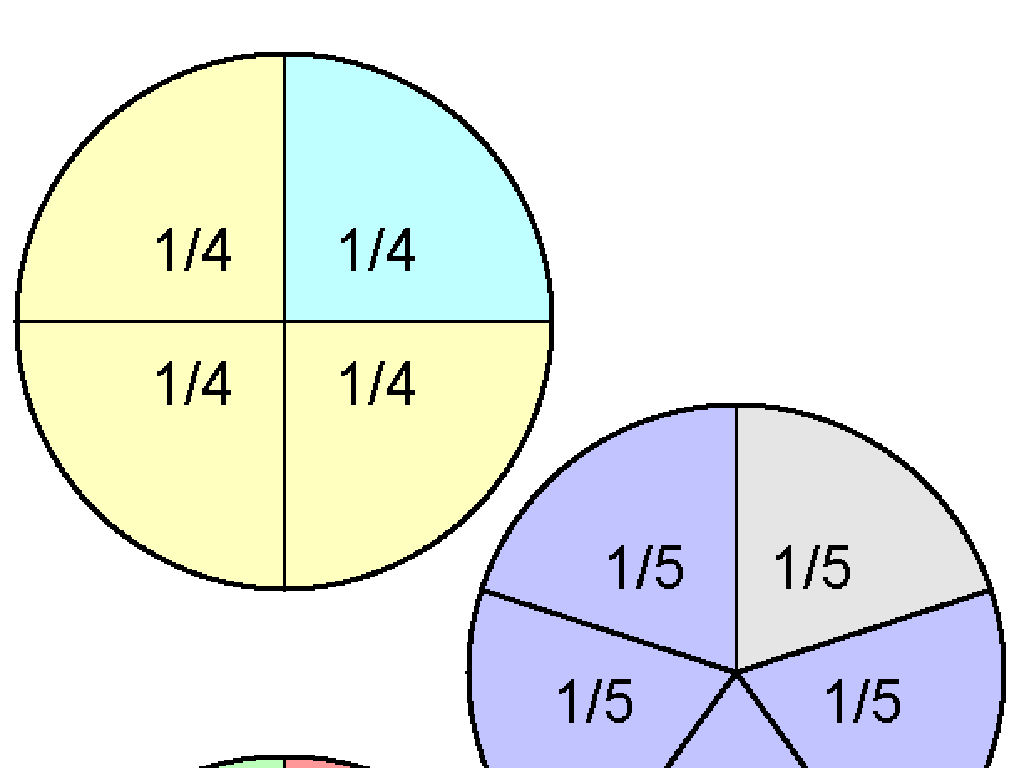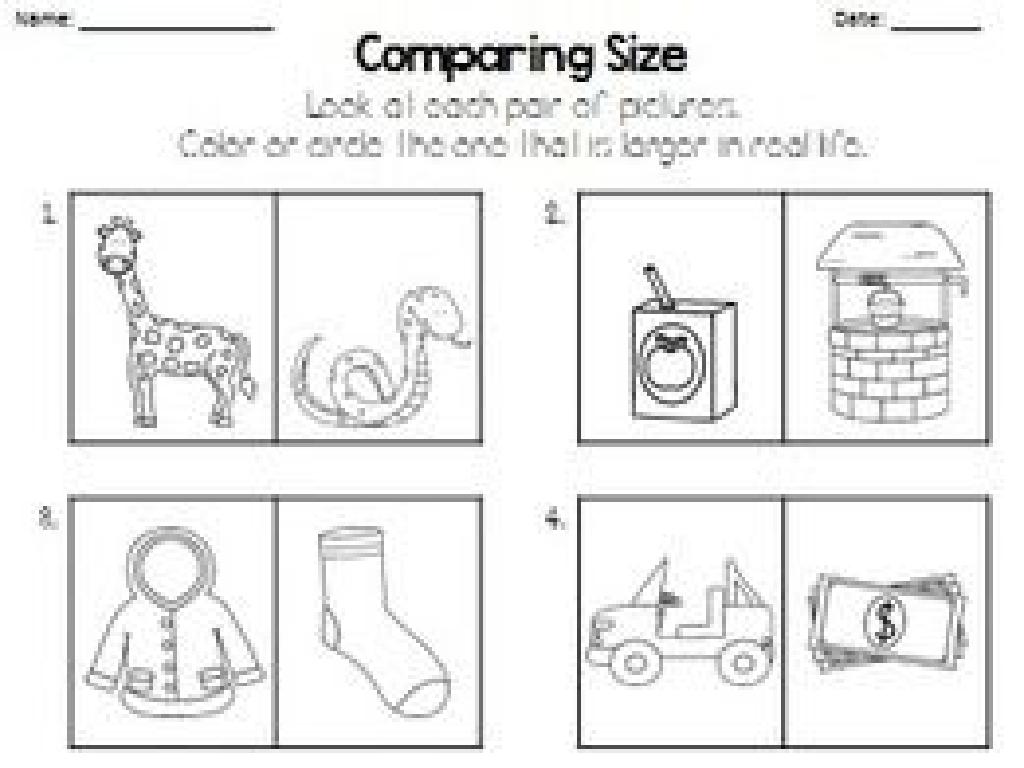Geometric Sequences
Subject: Math
Grade: Seventh grade
Topic: Sequences
Please LOG IN to download the presentation. Access is available to registered users only.
View More Content
Welcome to Sequences: Exploring Patterns
– Understanding patterns in math
– Patterns are regular, predictable arrangements.
– Defining a mathematical sequence
– A sequence is an ordered list of numbers.
– Exploring simple sequence examples
– Like 2, 4, 6, 8 (adding 2 each time).
– Recognizing sequences in nature
– Fibonacci sequence in flower petals.
|
This slide introduces students to the concept of sequences within the broader topic of patterns in mathematics. Begin by discussing the importance of recognizing patterns, as they are the foundation of understanding sequences. Define a sequence as a set of numbers arranged in a specific order, where each number is called a term. Provide simple examples of sequences, such as even numbers or the beginning of the Fibonacci sequence, to illustrate the concept. Highlight how sequences can be found in the natural world, such as the arrangement of seeds in a sunflower or the spiral of a shell, to make the topic relatable and engaging for seventh graders. Encourage students to think of other examples of sequences they may encounter in their daily lives.
Exploring Geometric Sequences
– Define geometric sequence
– A sequence where each term after the first is found by multiplying the previous term by a fixed, non-zero number called the common ratio.
– Understand the common ratio
– The fixed number we multiply by each time in a geometric sequence.
– Real-life geometric sequence examples
– Population growth, interest rates, and fractal patterns are examples where geometric sequences are observed.
– Practice identifying geometric sequences
|
This slide introduces the concept of geometric sequences, a fundamental topic in mathematics that applies to various real-world situations. Begin by defining a geometric sequence and explaining the significance of the common ratio. Use relatable examples such as the rapid growth of bacteria or the increase in savings due to compound interest to illustrate the concept. Encourage students to think of other examples they may encounter in their daily lives. The goal is to help students recognize patterns and understand the practical applications of geometric sequences. Provide practice problems for students to identify and create their own geometric sequences, reinforcing their understanding of the common ratio and sequence structure.
Identifying Geometric Sequences
– Define a geometric sequence
– A sequence where each term after the first is found by multiplying the previous one by a fixed, non-zero number called the common ratio.
– How to find the common ratio
– Divide any term by the previous term. For example, in 2, 6, 18, 54, the common ratio is 6/2 = 3.
– Practice with example problems
– Solve problems to reinforce the concept of geometric sequences and common ratios.
– Apply knowledge to new sequences
|
This slide introduces students to the concept of geometric sequences, a fundamental topic in algebra. Start by defining a geometric sequence and explaining the common ratio. Use clear examples to show how to find the common ratio by dividing consecutive terms. Provide practice problems that help students identify geometric sequences and find the common ratio. Encourage students to apply this knowledge to new sequences they encounter. The practice problems should be tailored to the seventh-grade level, ensuring they are challenging yet achievable to reinforce learning.
Creating Geometric Sequences
– Start with a number
– Choose any non-zero number as a starting point.
– Multiply by common ratio
– Common ratio: the number you repeatedly multiply by.
– Construct your sequence
– Use the first number and ratio to make a sequence.
– Explore with examples
– Try different starting numbers and ratios for practice.
|
This slide is aimed at teaching students how to create their own geometric sequences. Begin by selecting any non-zero number as the starting point. Emphasize the importance of the common ratio, which is the fixed number that each term is multiplied by to get the next term. Guide students through the process of using their chosen starting number and common ratio to generate a geometric sequence. Encourage them to experiment with different starting numbers and ratios to see how the sequences change. Provide examples and possibly a class activity where students can practice creating sequences and share their results.
Applications of Geometric Sequences
– Geometric sequences in nature
– Patterns like nautilus shells or sunflower seeds
– Influence on architecture
– Design principles using ratios found in geometric sequences
– Role in problem-solving
– Helps in predicting growth patterns and financial calculations
|
This slide aims to show students the practical applications of geometric sequences beyond the classroom. In nature, geometric sequences are evident in the growth patterns of plants and animals, such as the spiral arrangement of seeds in a sunflower or the shell of a nautilus. In architecture, geometric sequences inform design and structure, creating aesthetically pleasing and functional spaces. Understanding geometric sequences is also crucial in solving real-world problems, such as calculating interest rates or predicting population growth. Encourage students to observe these patterns in their surroundings and understand the underlying mathematical principles.
Practice Time: Geometric Sequences
– Create geometric sequences
– Pair up for problem-solving
– Work together to understand sequence patterns
– Share sequences with peers
– Discuss how you found the common ratio and sequence terms
– Reflect on learning outcomes
– Think about what was challenging or easy
|
This slide is designed to engage students in active learning through practice. Students should pair up and work collaboratively to create their own geometric sequences, identifying the common ratio and the terms of the sequence. Afterward, they will share their sequences with the class, explaining their thought process and how they solved the problems. This activity will help reinforce their understanding of geometric sequences and provide an opportunity for peer learning. As a teacher, facilitate the activity by providing guidance and ensuring each pair has a clear understanding of the task. Offer several example problems of varying difficulty and encourage students to create their own sequences. Possible activities include finding the nth term, determining the common ratio, and extending given sequences.
Class Activity: Geometric Sequence Hunt
– Find real-life geometric sequences
– Document with photos or descriptions
– Present findings to the class
– Reflect on the activity
– Think about where you found sequences and what they tell us about patterns in nature and technology.
|
This class activity is designed to engage students with the concept of geometric sequences by finding examples in their everyday environment. Students should look for patterns where each term is multiplied by a constant to get the next term, such as in the growth of plants, architecture, or savings account interest. They can take pictures or write descriptions of their examples. Encourage creativity and critical thinking. For the presentation, students should explain why their examples are geometric sequences. As a teacher, prepare to guide them with questions and provide feedback. Possible activities: 1) Measuring plant growth, 2) Counting seats in a theater, 3) Examining patterns in a pinecone, 4) Observing traffic flow, 5) Analyzing a family tree for patterns.
Wrapping Up: Geometric Sequences
– Recap geometric sequence concepts
– Review: a sequence with a constant ratio between terms
– Understand sequences in math
– Grasping sequences is key to advancing in math
– Homework: Craft 5 geometric sequences
– Create your own sequences with different ratios
– Explain applications of each sequence
– How might these patterns appear in real-life scenarios?
|
As we conclude, remind students of the key properties of geometric sequences, emphasizing the constant ratio between consecutive terms. Highlight the importance of understanding sequences as a foundational concept that will recur in future math topics. For homework, students should create five unique geometric sequences, which will help reinforce their understanding of the concept. Additionally, they should think critically about where these sequences could apply in the real world, such as in finance with interest rates or in biology with population growth. This exercise will not only solidify their grasp of geometric sequences but also encourage them to appreciate the relevance of math in everyday life.






